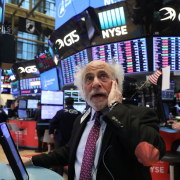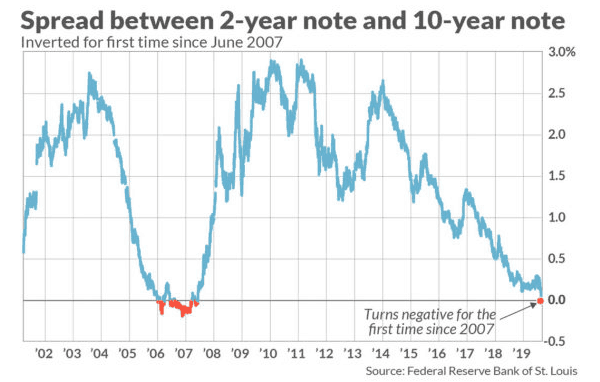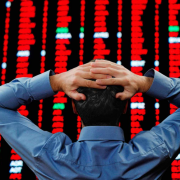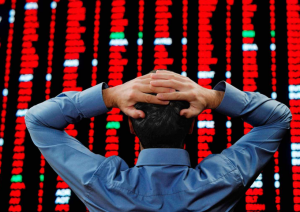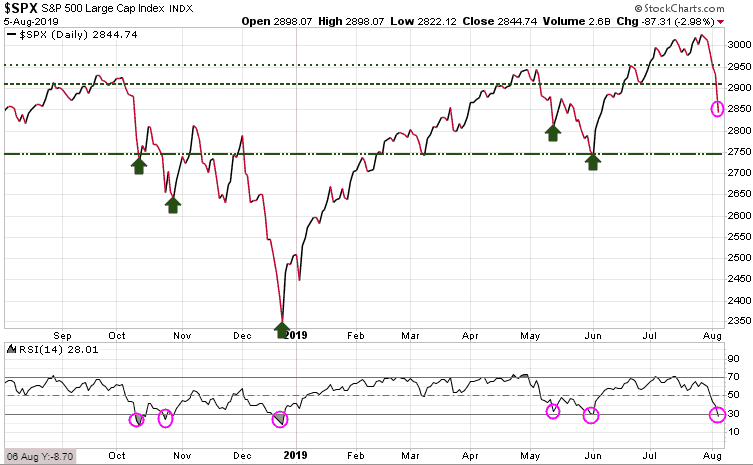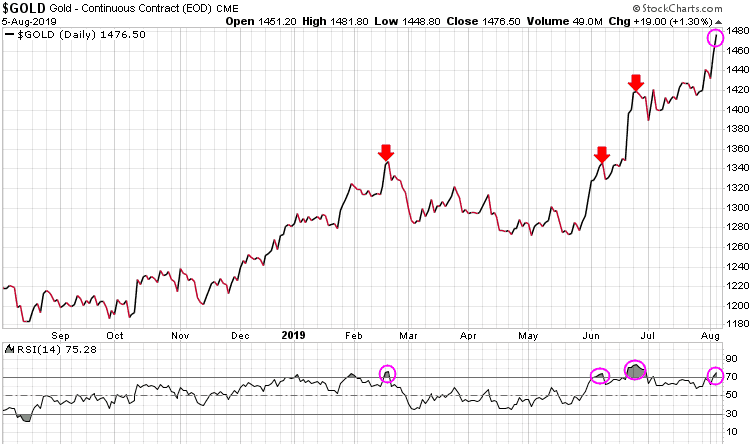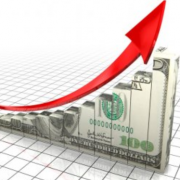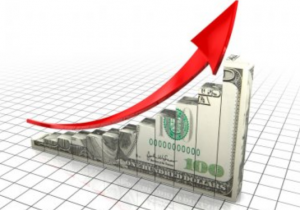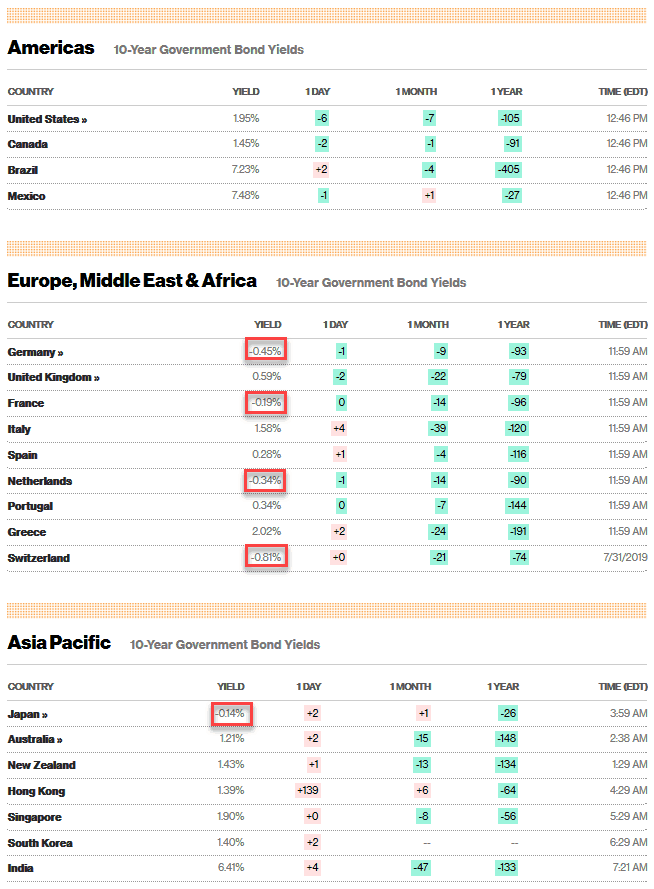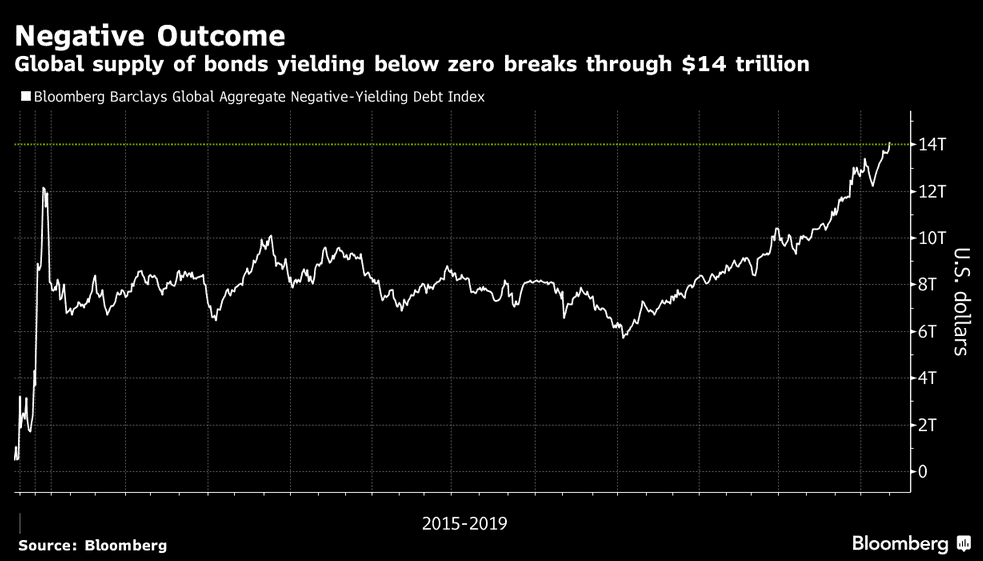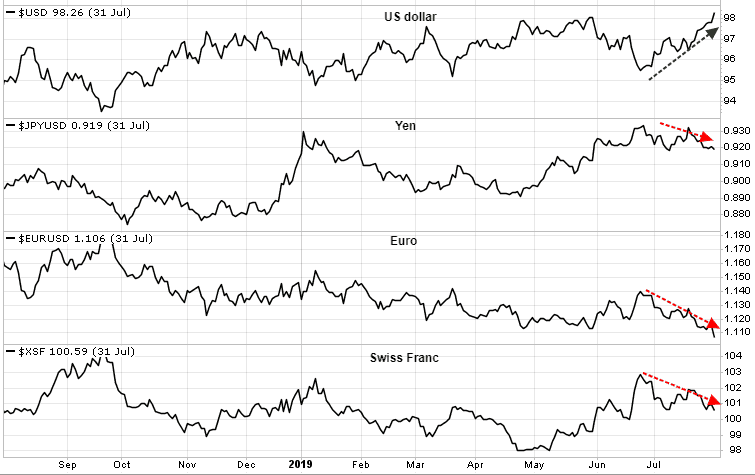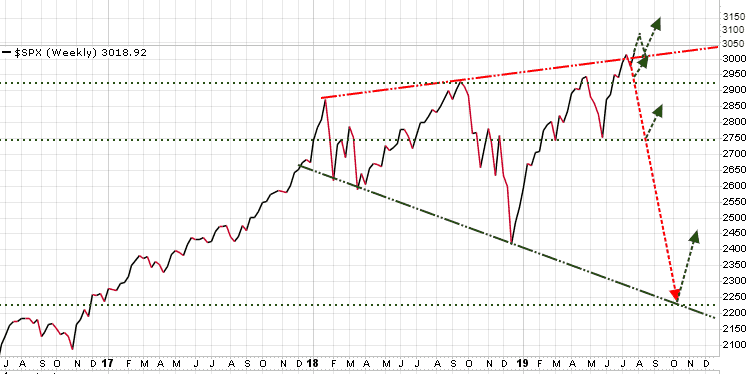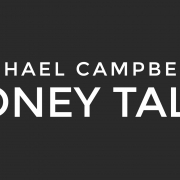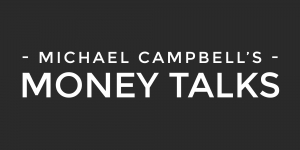Democracy Requires Discomfort: Agreeing to disagree is a civic virtue.

Merriam-Webster’s definition of bigotry: obstinate or intolerant devotion to one’s own opinions and prejudices
We now live in a society of intolerance, where rather than having enlightened and measured debate over complex issues, those with opposing views are marginalized, their opinions are instantly labelled as wrong, and they should be silenced using whatever tactics necessary.
Politics has become a competition between bigots. People who say they are fighting bigotry have become bigots, and instead of respecting and considering other viewpoints, both sides instantly attach labels and become resentful of the another.
Below is well written essay from Michael Bloomberg…
American politics is broken, and too few people are thinking about how to mend it. Donald Trump’s presidency has aroused strong and often angry passions among both opponents and supporters, but the problem runs much deeper than that. More and more, political rage seems to be crowding out political engagement. And make no mistake: Without engagement, liberal democracy can’t survive.
Take recent demands to boycott businesses whose investors have voiced support for the president. Consumers are absolutely within their rights to withhold their patronage from any business as they see fit. It’s their money, after all. The question is not whether business boycotts are legitimate. Used judiciously, they can be an important tool for progress, as the civil-rights movement demonstrated. The question is whether Americans can live and work together without being so absolutist about politics and intolerant of viewpoint diversity.
The essence of American democracy is that people who disagree, however profoundly, can set forth their views, let the democratic system under the Constitution settle matters for the moment, accept the outcome until the next election, and continue to engage with one another productively in the ordinary course of their lives. To put it simply, healthy democracy is about living with disagreement, not eliminating it.
One of the most disturbing aspects of the retreat from liberal political discourse can be found on the training grounds for tomorrow’s leaders: college campuses.
This sad reality was laid bare in a pair of columns published last week in Bloomberg Opinion by Steven Gerrard, a professor of philosophy at Williams College. Gerrard quotes a letter from students outlining their views on the subject: “‘Free Speech,’ as a term, has been co-opted by right-wing and liberal parties as a discursive cover for racism, xenophobia, sexism, anti-Semitism, homophobia, transphobia, ableism, and classism.”
Unfortunately, it isn’t just students who see free speech as pernicious.
At a Williams faculty meeting about free speech, a professor stated that, “to ask for evidence of violent practices is itself a violent practice.” This view suggests universities must suppress the very act of reasoning. Incredibly, many seem willing to try.
In 2015, the Committee on Freedom of Expression at the University of Chicago published a statement affirming the centrality of free speech. It said that “the University’s fundamental commitment is to the principle that debate or deliberation may not be suppressed because the ideas put forth are thought by some or even by most members of the University community to be offensive, unwise, immoral, or wrong-headed.”
Not that long ago, this would have been seen as uncontroversial. Universities are about free inquiry or they are about nothing. More than four years later, only some 67 institutions — out of more than 4,000 across the U.S. — have adopted or endorsed the Chicago Statement.
The lack of support for the Chicago Statement among leaders in higher education has helped allow intolerance to seep deeper into the culture. The idea that words can be a form of violence, fully as threatening as actual violence, is now commonplace. As a result, the range of views needing to be suppressed, rather than entertained, challenged and refuted, is vast.
It makes little difference whether radical intolerance of disagreement is based on an exaggerated desire for “safety” or grounded in a more elaborate, but no less bogus, theory of speech-as-violence. It also doesn’t matter whether it springs from hatred of President Trump or devotion to him. Regardless, this kind of culture cannot sustain a liberal democracy.
An approach that demands silence on contested issues, or that extends bitter political division into commerce and every other sphere of life, will succeed only in fracturing the country even more deeply.
Demagogues of the left or right will certainly prosper in such an environment. Liberal democracy will not. Enough with “speech is violence.” Restoring the ability to disagree without becoming mortal enemies is a new and urgent civic imperative.





